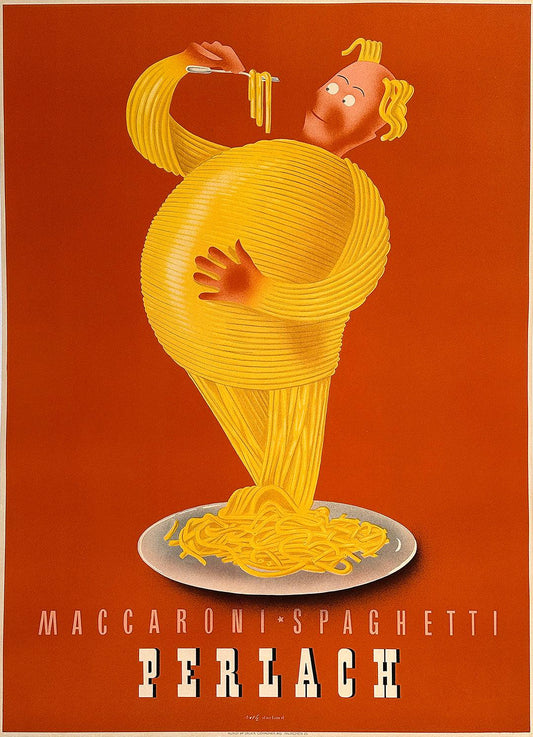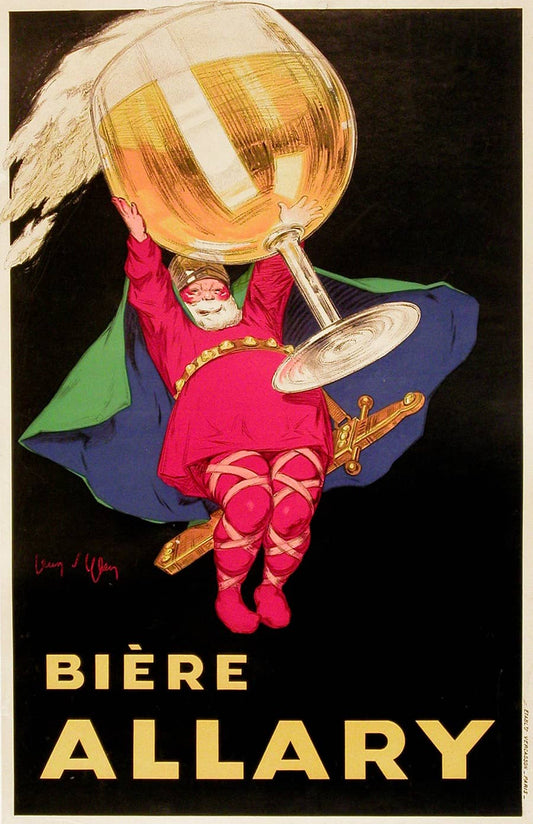From Atomic Bomb to Atomic Age: How Erik Nitsche’s Campaign for General Dynamics Shaped the 1950s
The use of nuclear bombs by the American government during WWII sparked the beginning of the Atomic Age of the early 1950s. After the bombings at Nagasaki and Hiroshima, the American general public was fearful of the advancement of technology in making powerful weapons.
General Dynamics was formed in 1952 when it became the parent company of the Electric Boat Company and several other US Department of Defense suppliers. It is primarily known for its aerospace and defense systems, and it creates products like tanks, missiles, submarines, warships, and rockets.

Erik Nitsche was born in Lausanne, Switzerland and worked within a school of burgeoning graphic artists in the clean Swiss Style of the 1930s. Like many artists of this time such as Lucian Bernhard, Nitsche emigrated to the United States just before the outbreak of WWII. His work in America helped shape the future of graphic design and advertising, and his works are in the permanent collection of the Copper Hewitt and MoMA.

Nitsche began working for General Dynamics in 1955 as its Art Director, a role he would hold until 1960. In the span of his tenure with the company, Nitsche’s main goal was to help shift the narrative around atomic energy from one of bombs and destruction to one of peace and scientific advancement.

His first series of posters was created for exhibition at the International Conference on the Peaceful Uses of Atomic Energy, which was held in Geneva, Switzerland in 1955. There was a lot riding on the design of these images; General Dynamics wanted to both elevate its image as a defense supplier but also outshine its competitors present at the conference. General Electric, Union Carbide, and Westinghouse were all in attendance and better known to the public.
Nitsche created this campaign with some very important and effective design elements; clean and pared down compositions helped create a modern look, and he created the posters in several languages. English, French, Japanese, Hindi, Russian, and German were all used in the campaign; poignantly chosen to highlight the nations that were committed at the time to developing atomic energy for peaceful purposes. Typography was treated as a design element, its simplicity lending to the overall clean, modern, and positive look of the campaign. He borrowed heavily from the Modern Art movement to evoke dynamism and innovation. Nitsche was barred from depicting specific General Dynamics products - in many cases these top secret defense ships and weapons were not even shown or shared with the artist. This limitation pushed Nitsche to lean into abstraction, and he ended up creating one of the most important corporate advertising campaigns of the Twentieth Century.
Atoms for Peace, as this original series was coined, was a massive success and was continued by Nitsche throughout his tenure at General Dynamics. His artful portrayal of what was essentially a weapons company as a calming, forward-thinking peaceful movement heralded the Atomic Age. The design elements in these posters were co-opted by countless other companies and designers to create a style that for many encapsulates mid-1950s America. Clocks, dishes, even cities like Las Vegas were influenced by Erik Nitsche’s innovative designs for General Dynamics.








